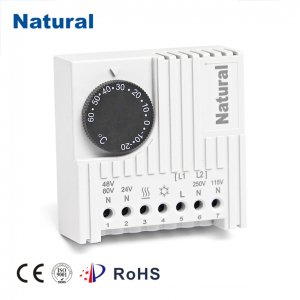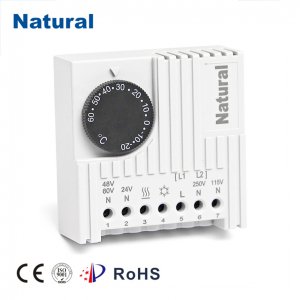A 24V thermostat plays a crucial role in regulating temperature in residential and commercial HVAC systems. By maintaining a comfortable indoor environment, these devices enhance energy efficiency and ensure optimal performance of heating and cooling systems. This article will delve into the workings, benefits, and considerations of using a 24V thermostat.

At its core, a 24V thermostat operates by sensing the ambient temperature and communicating with the HVAC system to maintain a preset temperature. Typically powered by a low-voltage 24V transformer, these thermostats are safe and reliable for various applications. They are designed to work with both heating and cooling systems, including central air conditioning units, furnaces, and heat pumps.

One of the primary advantages of a 24V thermostat is its compatibility with a wide range of HVAC systems. Unlike line-voltage thermostats, which are usually limited to specific systems, 24V thermostats can be easily integrated into different setups. This versatility makes them a popular choice for homeowners and contractors alike. Additionally, the low voltage reduces the risk of electrical shock during installation and operation, making them safer to handle. In terms of features, modern 24V thermostats come equipped with various options that enhance user experience. Many models include programmable settings, allowing users to set different temperatures for different times of the day. This feature not only adds convenience but also promotes energy savings by ensuring the heating or cooling system only operates when needed. Smart thermostats, a subset of 24V devices, take this a step further by learning user habits and adjusting temperatures automatically.
